If you’re looking to take your body to the next level, then one of the best things you can do is sharpen your knowledge on it. By learning about the different areas, muscles, structures and functions, you can then understand how to get the most out of your workouts. Today, we’re going to be looking at the pecs. What are the pecs? Do you know?
The pecs are a slang term commonly used in the fitness industry like abs, quads, lats etc.
The pecs are an abbreviation from pectoral muscles. Instead of using the term pectoral muscles, you can say chest muscles. I hope now you understand what the pecs are.
Simply!
Let’s look closer at the pecs and their training.
Pectoral muscles
Now, the pectoral region is situated in the upper anterior portion of the trunk and consists of four muscles: the serratus anterior, subclavius, pectoralis major and pectoralis minor. This article is going to focus on the latter two.
The pectoralis major
First up is the pectoralis major: the largest and most powerful out of the chest muscles.
The pec major originates from two places:
- The anterior surface of the medial clavicle.
- Anterior surface of the sternum, the upper six costal cartilages and the aponeurosis of the abdominal oblique.
It then inserts on to the front of the humerus (upper arm bone). The function of this muscle is to adduct (bring closer to the body) and medially rotate (turn inward) the upper arm, as well as bring the scapular inwards. It also slightly works to flex (bring forward) the upper limb. In relation to the pec minor, the major lies on top and is a lot stronger.
The best ways to work the pec major are exercises that involve bringing the arm inwards from a horizontally abducted position. Think of a child pretending to be a plane; that’s a horizontally abducted position. This is why exercises such as the bench press and fly are so good for targeting the pecs (chest).
The pectoralis minor
The pec minor is a much smaller muscle that rests underneath the pec major. It originates from the 3rd to 5th ribs and then inserts onto the medial border and superior surface of the scapula. It works to stabilise the scapula as well as depress (lower) and bring it forward. The same exercises that work the pec major also work the pec minor. Dips, incline and decline bench press will all hit the chest, too.
Tightness in both of these muscles can cause a hunchback position or thoracic rounding, otherwise known as kyphosis. This state is all too common in the modern world because of the length of time we spend seated at desks with poor posture. Taking care of your posture is a great way to ensure shoulder health as well as specific stretches and mobility movements.
Now that you know more about the musculature of the chest, you can better target it in and out of the gym, as well as make sure your upper body remains healthy and injury free. Shoulder issues are one of the most common problems for active individuals so making sure that you take care of this area is vital for improving your fitness longevity.
How often do you train your pecs?
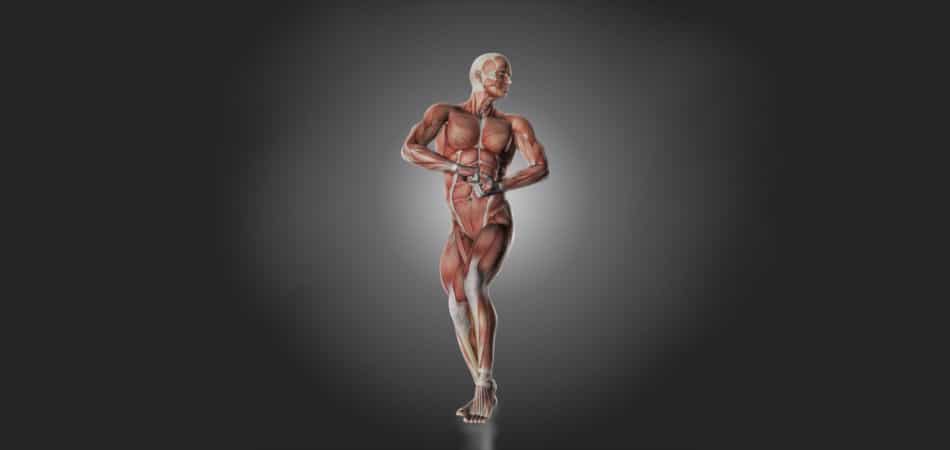
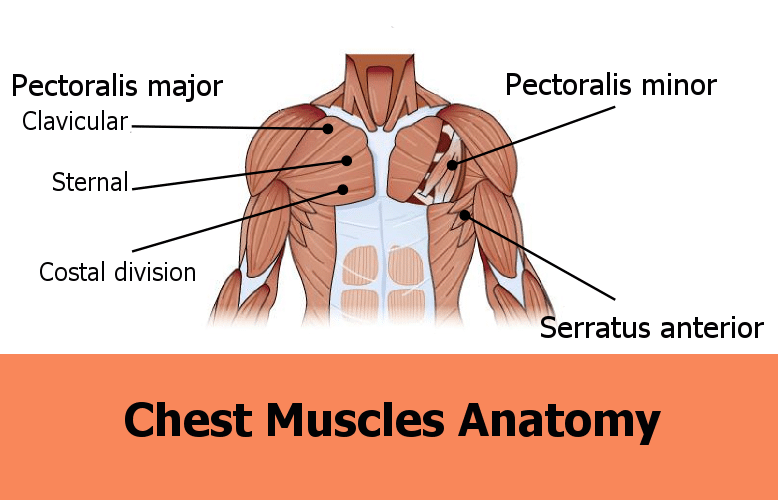
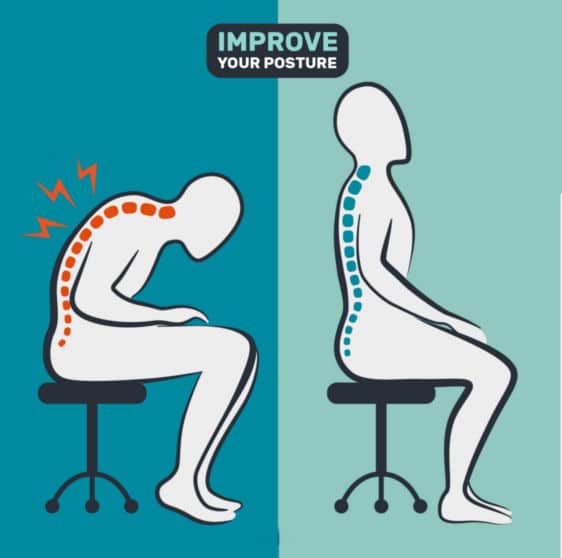
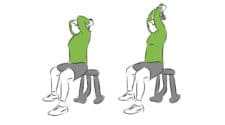
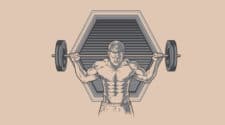
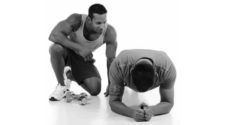
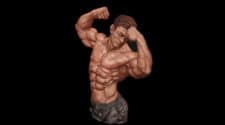
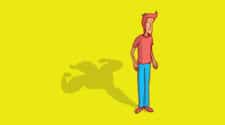

Leave a Reply